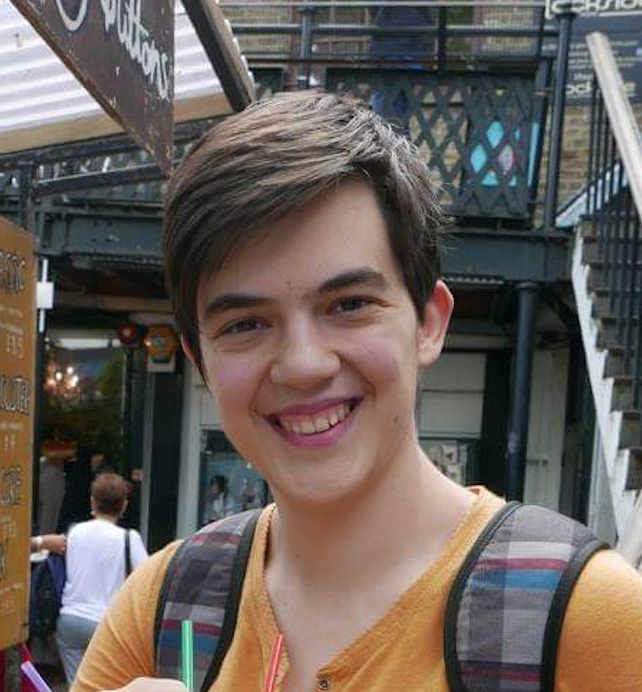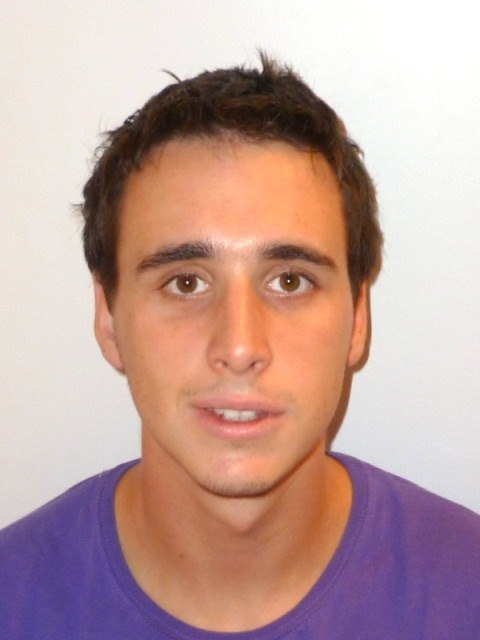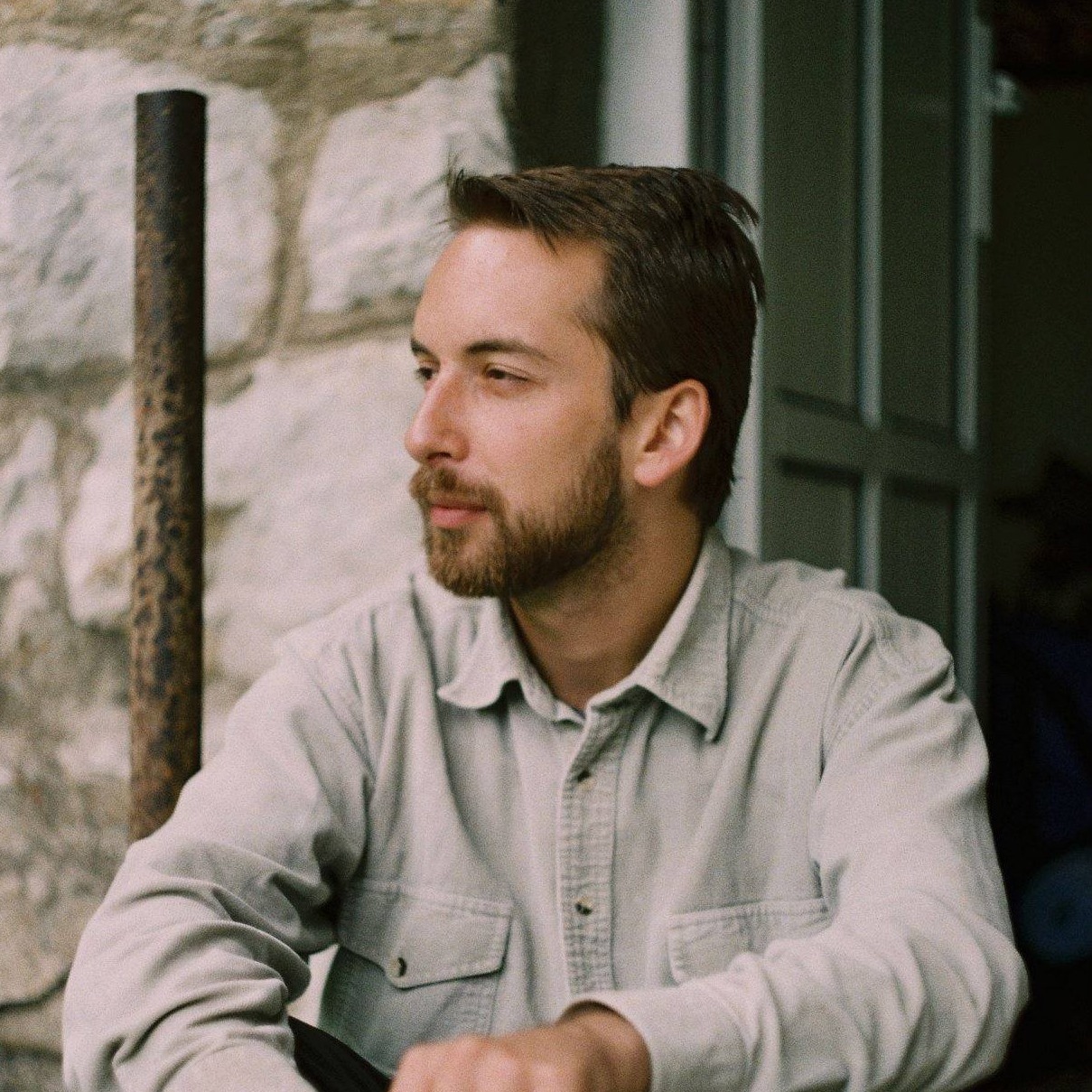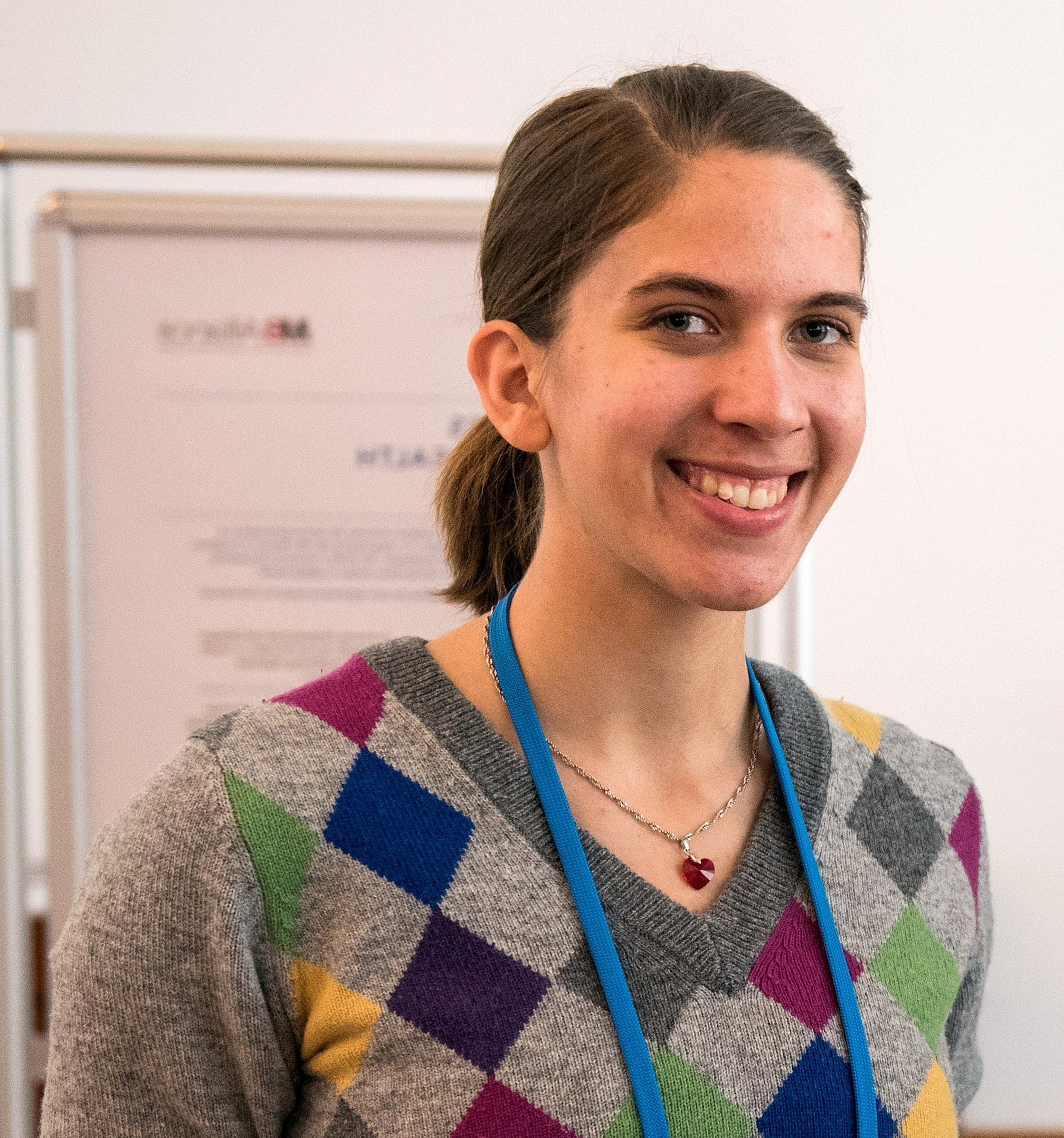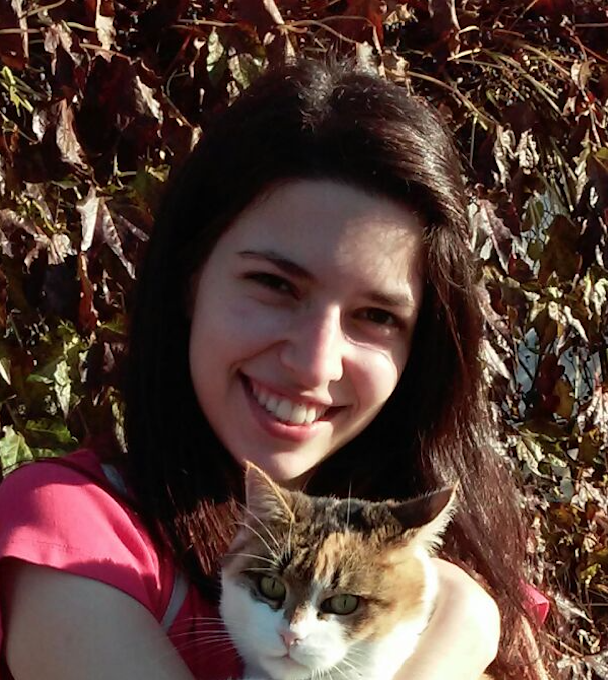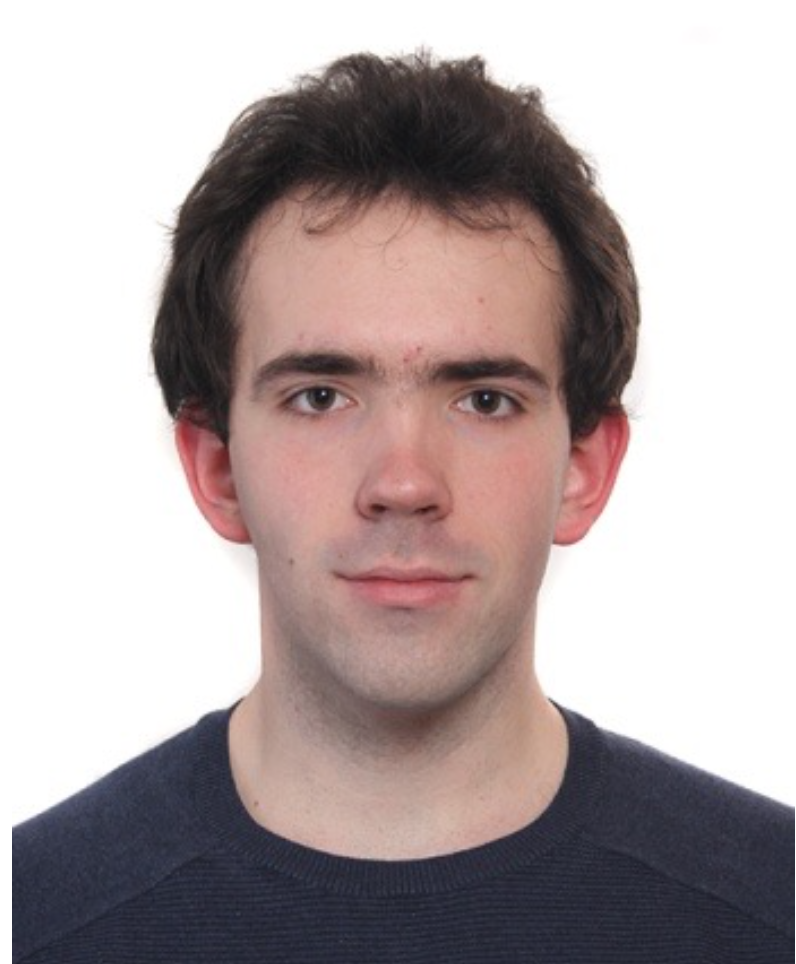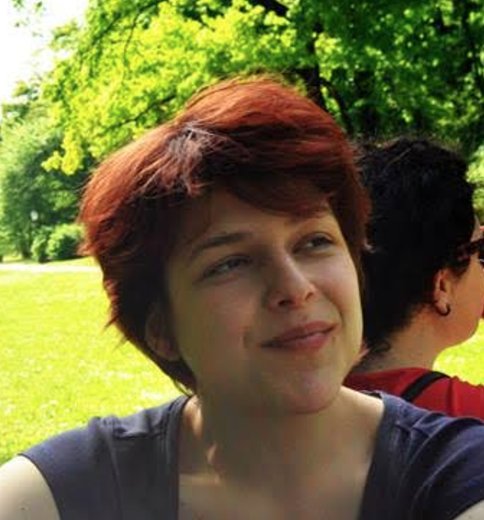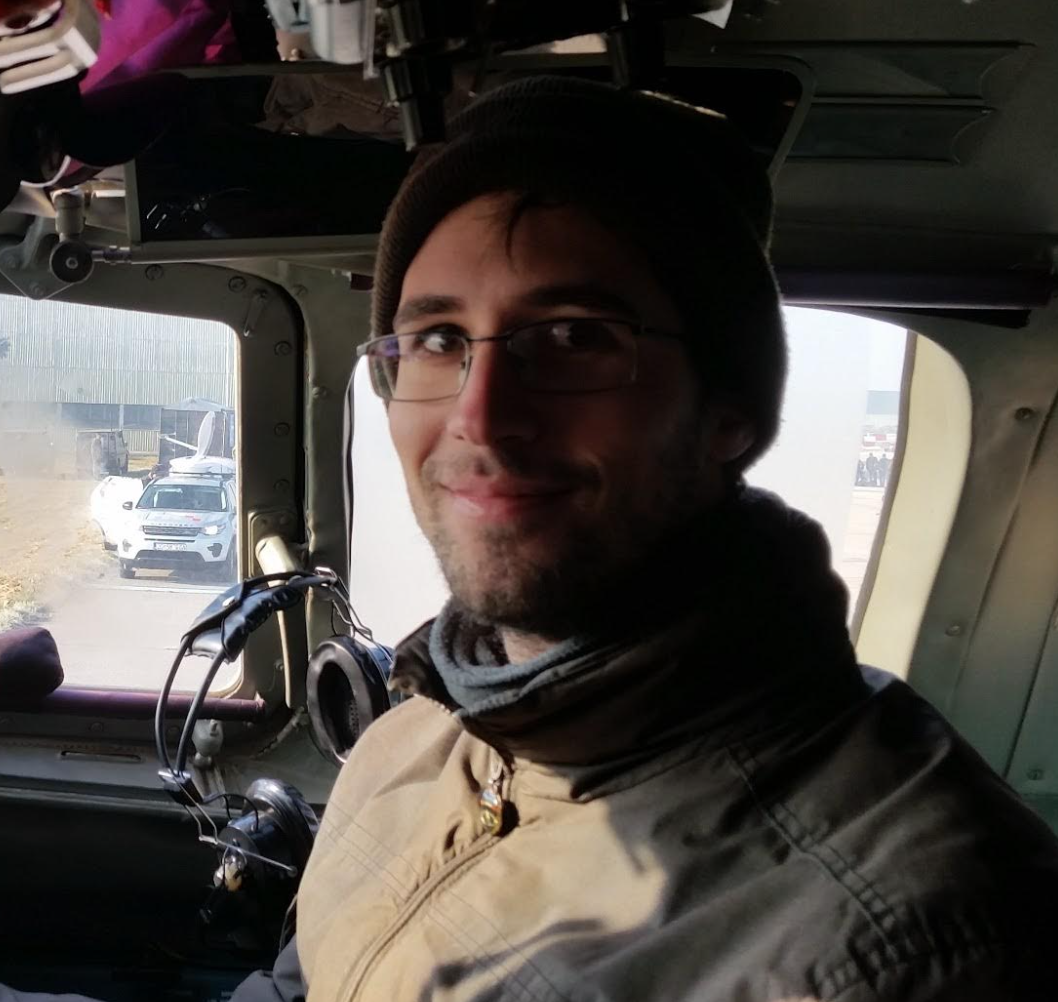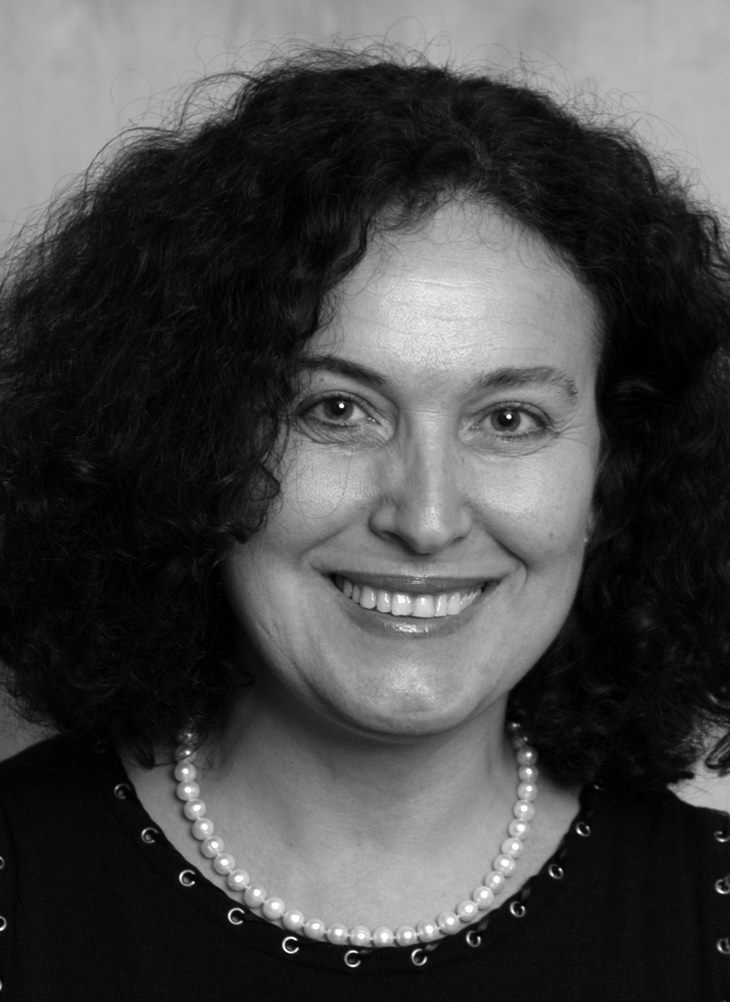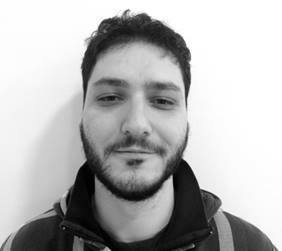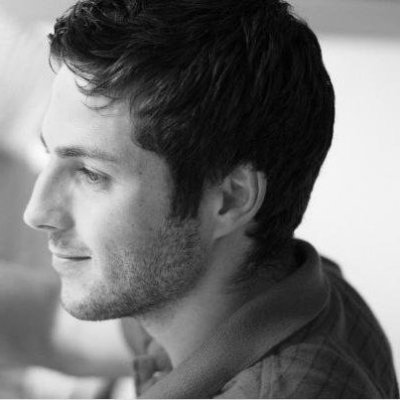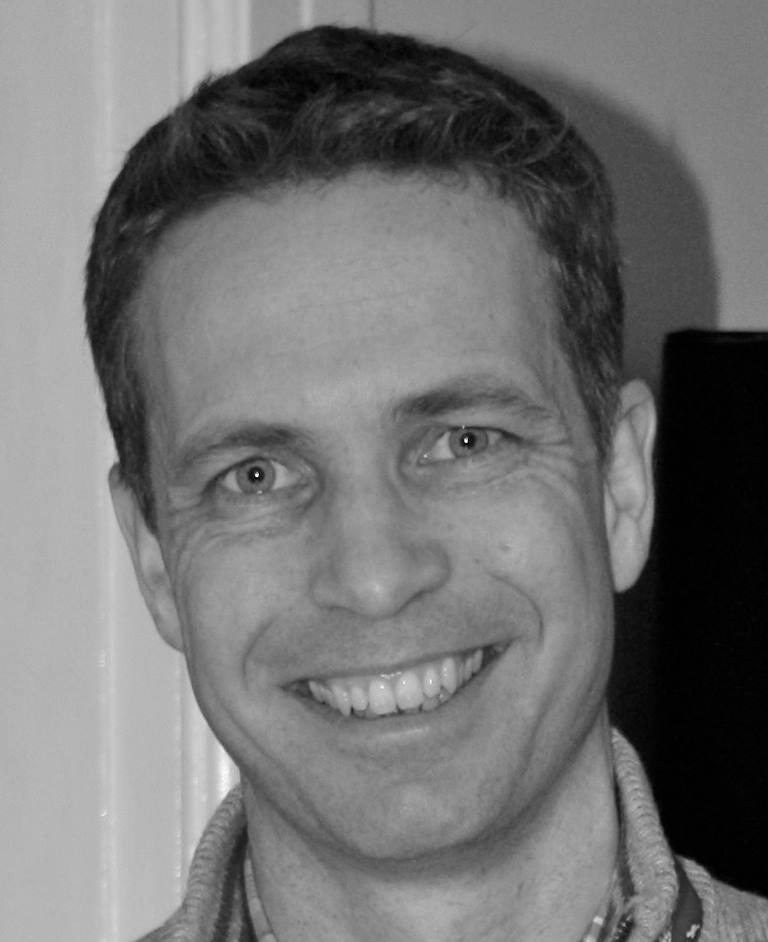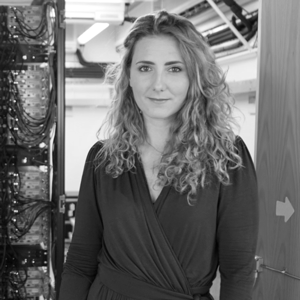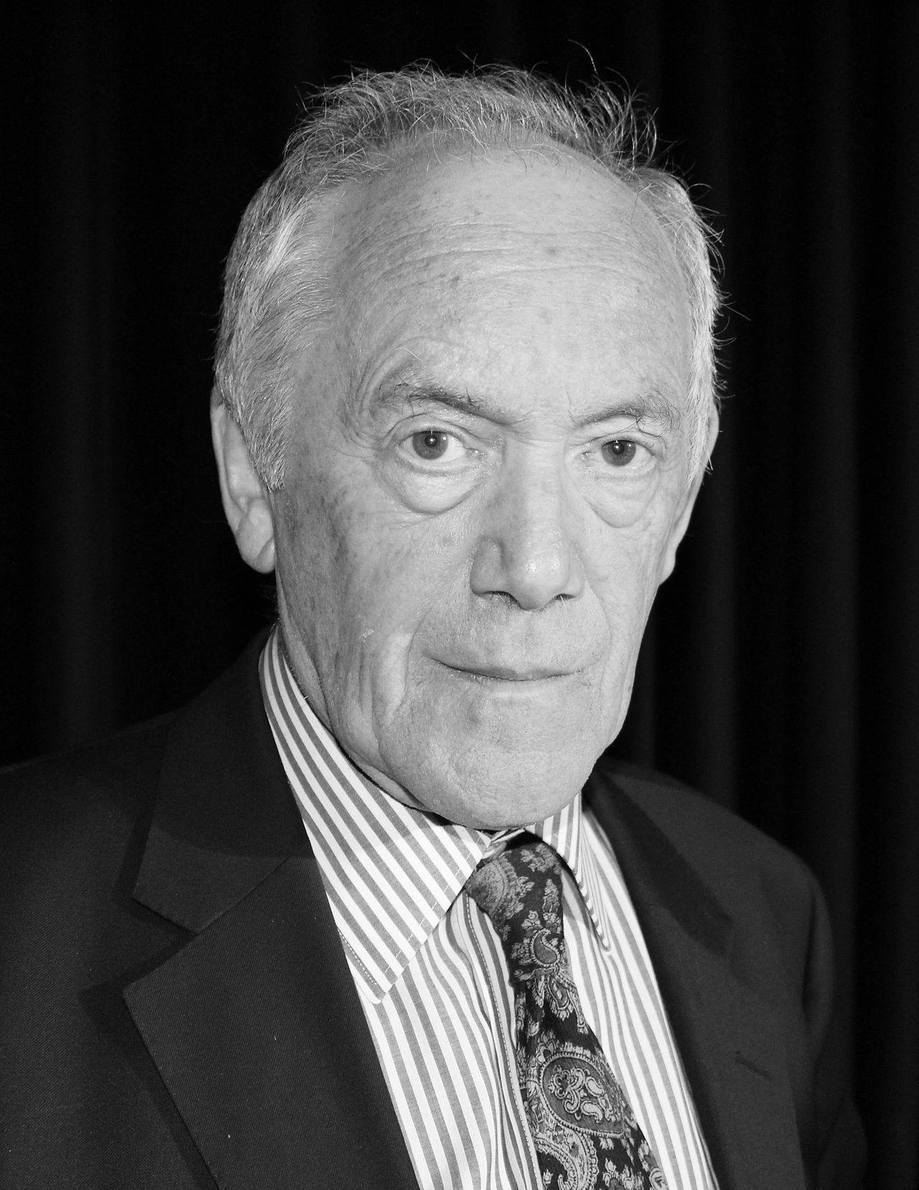Projects
MELT IT TILL IT'S HOT - THE SCIENCE OF DELICIOUSNESS
 Did you ever sit in a class wondering ‘why do I have to know what atmospheric pressure is’ or ‘who cares how to calculate the volume of a sphere’? Well, no matter what you do: science is omnipresent. Have you ever noticed how when you boil an egg, egg white goes from slimy and transparent to firm, white matter? This phenomenon is caused by denaturation of egg-white proteins. The heat coming from your stove denatures proteins by disrupting bonds that held molecules in shape. In the case of hard-boiled eggs, the proteins clump together and solidify, causing the egg white and yolk to harden. Of course, even without this knowledge, people have known how to boil an egg for centuries – but in the last couple of years, we started understanding what causes some dishes to taste great and some to be awful. Scientific knowledge enables us to improve and develop recipes using science. This is how molecular gastronomy was born and many new delicious meals could be served.
Did you ever sit in a class wondering ‘why do I have to know what atmospheric pressure is’ or ‘who cares how to calculate the volume of a sphere’? Well, no matter what you do: science is omnipresent. Have you ever noticed how when you boil an egg, egg white goes from slimy and transparent to firm, white matter? This phenomenon is caused by denaturation of egg-white proteins. The heat coming from your stove denatures proteins by disrupting bonds that held molecules in shape. In the case of hard-boiled eggs, the proteins clump together and solidify, causing the egg white and yolk to harden. Of course, even without this knowledge, people have known how to boil an egg for centuries – but in the last couple of years, we started understanding what causes some dishes to taste great and some to be awful. Scientific knowledge enables us to improve and develop recipes using science. This is how molecular gastronomy was born and many new delicious meals could be served.
In this project, we will try to figure out why some good old-fashioned cooking techniques actually work. We will start with disentangling the science behind techniques ranging from phase transitions to protein-stability. Also, we will use modern molecular cooking techniques to see if we can develop some surprising new dishes and flavors! After that, we will do some food-based experiments, to finally put our culinary knowledge to the test in a grand finale.
Dunja Vučenović
Imperial College London, UK
Dunja is a PhD student in computational genomics at Imperial College London, where she investigates what drives precise gene expression in embryonic development. As a high schooler she attended S3 in Visnjan and fell in love with science. Together with her interest in computer sciences she decided to study molecular biology with tons of computational courses. This summer school will be her second time leading a project. In addition, she attended this school for 4 times, did a swapshop and was technical assistant last year. When she is not at her computer doing science, Dunja is surprise-surprise cooking :-D, travelling or swimming in Thames…
Marieke Buffing
ETH Zurich, Switzerland
Marieke did a bachelor in biotechnology at Wageningen University (the Netherlands). She did her masters in process engineering and molecular biotechnology, though officially she was in Wageningen, she spent most of her time abroad. During her masters she got more and more interested in the mechanisms that cells use to adapt to their environment. Now, during her PhD at ETH Zurich (Switzerland), she is trying to find out how bacterial species use different protein-metabolite interactions to make fast decisions when their environment changes. When Marieke is not in the lab, she is mostly painting, in museums or theatre, or running around in the forest near the campus.
INVESTIGATION OF AERODYNAMIC PROPERTIES
(pdf)
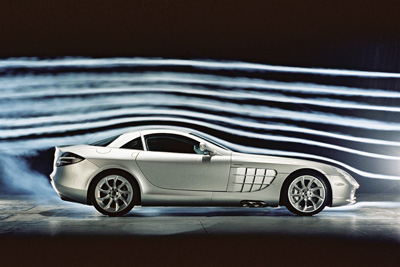 Aerodynamics studies the motion of air and, today, it is one of the most important driving factors in the design of many products like transport vehicles, buildings, bridges and many more. Every shape is special for itself and every shape's feature has certain influence to its aerodynamic properties. If the evolution of car design is considered, it can be noticed that in the beginning cars had a “box” shape, featuring lots of “sharp” edges. In the 40’s cars were curved and took on the “teardrop” shape while in the 70’s design returned to a “box” shape. Aerodynamics was known before the first cars were produced but its influence on the design was minor because of small driving speeds and no concerns for the fuel consumption. Car design was governed by fashion. Today, cars are designed to incorporate optimized aerodynamic features to improve the car’s aerodynamic parameters, making an “aerodynamic shape”.
Aerodynamics studies the motion of air and, today, it is one of the most important driving factors in the design of many products like transport vehicles, buildings, bridges and many more. Every shape is special for itself and every shape's feature has certain influence to its aerodynamic properties. If the evolution of car design is considered, it can be noticed that in the beginning cars had a “box” shape, featuring lots of “sharp” edges. In the 40’s cars were curved and took on the “teardrop” shape while in the 70’s design returned to a “box” shape. Aerodynamics was known before the first cars were produced but its influence on the design was minor because of small driving speeds and no concerns for the fuel consumption. Car design was governed by fashion. Today, cars are designed to incorporate optimized aerodynamic features to improve the car’s aerodynamic parameters, making an “aerodynamic shape”.
Aerodynamics is a subfield of fluid dynamics which is one of the most complex physical phenomena. Fully describing the flow of the fluid is still on the list of the unsolved mathematical and physical problems, making it a “million dollars” question. During this project, the theoretical concepts of Bernoulli and Navier-Stokes equations will be presented to explain the physics, logic and complexity of the fluid flow. The aim of this project will be to understand how the shape of an object influences its aerodynamic properties with the use of a wind-tunnel testing rig to measure the aerodynamic properties and a 3D printer to manufacture test objects. Computational simulations will be presented to show the latest aerodynamics research methods.
Krunoslav Šešet
University College Dublin, Ireland
I was born in 1988 in Zagreb, Croatia. I graduated from the Faculty of Mechanical Engineering and Naval Architecture where I've studied computational fluid dynamics. Today I am a PhD student at the University College Dublin. I have worked in the Technical Museum of Zagreb as a guide for four years and I have done several student projects and exchanges. I like to do all kind of sports but my main sport is rowing which I did for 15 years.
Discovering the Laws of Physics with Artificial Intelligence
(pdf)
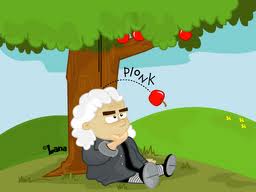 Since their advent, computers have had a great impact on how science is conducted. Nowadays, it is unimaginable to unearth the hidden information of experimental data in the natural sciences without the assistance of computer programs. Instead of merely utilizing computer programs to assist in evaluating experiments, one can also integrate computer programs into the scientific endeavor more thoroughly by writing computer programs that simulate real world phenomena. For example, the scientific discoveries made at the Large Hadron Collider in Geneva, Switzerland would never have been possible without simulations. A more novel stream of computers assisting scientists in their work is the ‘artificial scientist’ or ‘robot scientist’. The goal here is to leverage artificial intelligence to discover laws of nature that reign one’s experiments. These laws are, given the complexity of experiments, not perceivable to humans but can be found by computer algorithms.
Since their advent, computers have had a great impact on how science is conducted. Nowadays, it is unimaginable to unearth the hidden information of experimental data in the natural sciences without the assistance of computer programs. Instead of merely utilizing computer programs to assist in evaluating experiments, one can also integrate computer programs into the scientific endeavor more thoroughly by writing computer programs that simulate real world phenomena. For example, the scientific discoveries made at the Large Hadron Collider in Geneva, Switzerland would never have been possible without simulations. A more novel stream of computers assisting scientists in their work is the ‘artificial scientist’ or ‘robot scientist’. The goal here is to leverage artificial intelligence to discover laws of nature that reign one’s experiments. These laws are, given the complexity of experiments, not perceivable to humans but can be found by computer algorithms.
In this project we are going to investigate the interplay between physics and computer science. To this end we will approach this symbiosis from two different roads. On the one hand, we are going to simulate simple physical systems like a bouncing ball or the harmonic oscillator. This includes transforming the laws of physics that describe these systems into computer code. On the other hand, we are going to use these simulated experiments to investigate how one can learn the laws that govern physical system. In other words, can we learn from data provided by our simulations the theoretical laws that produced the simulations in the first place?
Pedro Zuidberg Dos Martires
KU Leuven, Belgium
Pedro is currently a PhD student at the KU Leuven in Belgium. He works on the interface of robotics and artificial intelligence. Prior to joining the the AI lab at the KU Leuven, he studied physics in Vienna, Lisbon and Amsterdam. He is also interested in the social and philosophical consequences of artificial intelligence. In his free time Pedro enjoys traveling, sports and binge-watching TV shows.
Meteor light curve modeling
(pdf, code)
 The phenomena of meteors can be studied within different fields of meteor science. One of them is meteor physics. In this field, scientists are trying to model the flight of a meteoroid through the Earth’s atmosphere, to understand the physics of processes which are dominant during this event, and to find more information about the meteoroids analyzing observed light curves and meteor spectra in the frame of used theoretical models and numerical simulations. The most simple approach to modeling meteor light curves and the base for almost all the other models is a so-called single body theory. In single body theory, just conservation of momentum and energy principles can be used to derive the equations which can describe the meteor phenomena in the terms of meteoroid mass loss and decceleration, as well as in the terms of a meteor light curve. The goal of this project is to model a meteor phenomena in the frame of single bodytheory, and to analyze obtained light curves in respect to the different initial parameters of meteoroid (mass, mass density, velocity).
The phenomena of meteors can be studied within different fields of meteor science. One of them is meteor physics. In this field, scientists are trying to model the flight of a meteoroid through the Earth’s atmosphere, to understand the physics of processes which are dominant during this event, and to find more information about the meteoroids analyzing observed light curves and meteor spectra in the frame of used theoretical models and numerical simulations. The most simple approach to modeling meteor light curves and the base for almost all the other models is a so-called single body theory. In single body theory, just conservation of momentum and energy principles can be used to derive the equations which can describe the meteor phenomena in the terms of meteoroid mass loss and decceleration, as well as in the terms of a meteor light curve. The goal of this project is to model a meteor phenomena in the frame of single bodytheory, and to analyze obtained light curves in respect to the different initial parameters of meteoroid (mass, mass density, velocity).
Using numerical methods for solving the equations of single body theory, students will learn the basics of one simple meteor physics theory, they will learn what modeling in physics and astronomy means on the example of meteor phenomena, as well as some numerical and programming techniques which are often used for similar purposes. Also, they will learn how to analyze the data from numerical simulations and how to connect them to the observations in meteor astronomy (which is just an example for a more general paradigm).
Dušan Pavlović
University of Belgrade and Petnica Science Center, Serbia
I am an astrophysics student at the University of Belgrade, and a coordinator of physics and electronics laboratory at Petnica Science Center, as well as the astronomy equipment. During last 5 years I’ve been junior associate at the Department of Astronomy of PSC, and I’ve been mentoring several projects. Also, I am active as an educator at Petnica Meteor Group, a group specialized for meteor astronomy. Also, I am producing a podcast about astronomy and related sciences (Radio Galaksija).
Internet meets the human genome
(pdf)
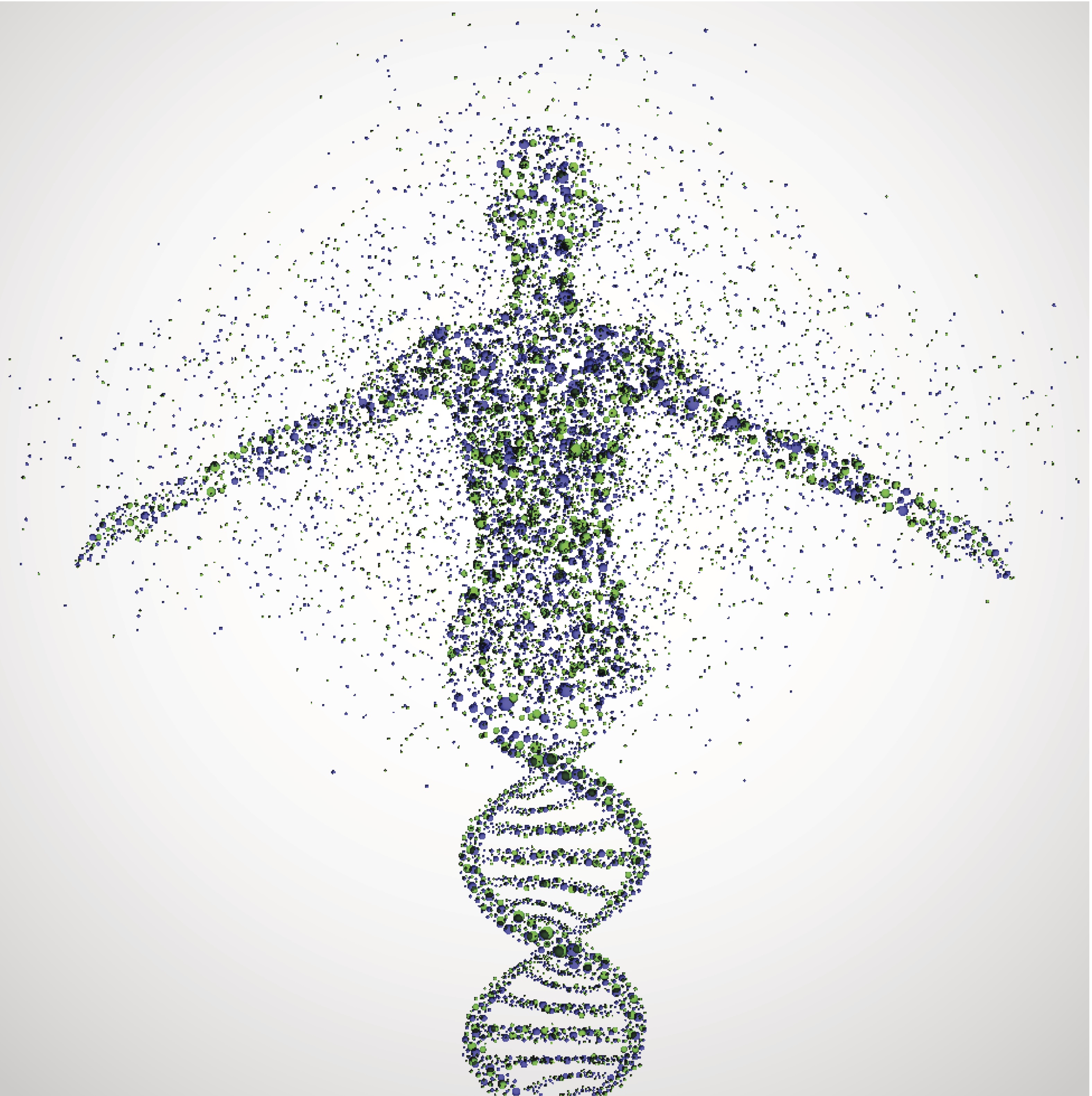 If I ask you, would you be intrigued to get your genome sequenced, what would be your answer? Would you be happy to access the hidden genetic secrets of your genome, or would you prefer not to know? Humankind reached the point when it is fairly easy and cheap to obtain the sequence of the human genome – you order a package online, provide the company with your biological material (saliva), and within a month you can access your genetic info online. And then what? What can you do with your genetic information? Well, google it!
If I ask you, would you be intrigued to get your genome sequenced, what would be your answer? Would you be happy to access the hidden genetic secrets of your genome, or would you prefer not to know? Humankind reached the point when it is fairly easy and cheap to obtain the sequence of the human genome – you order a package online, provide the company with your biological material (saliva), and within a month you can access your genetic info online. And then what? What can you do with your genetic information? Well, google it!
The Internet is a miraculous source of information today, but a careful interpretation of obtained data is a MUST. In this project we will interpret the results of 23&me genotyping procedure for 3-5 individuals. To analyze these genotypes a publically-available information and databases such as OpenSNP or PGP (Personal Genome Project) will be used. We will dive into the world of the human genome and potentially (a) analyze the genetic structure of present human populations, (b) identify and annotate regions of the genome that might be similar to ancient human genomes, or (c) focus on genetic variation and its connection to personalized medicine and genetic counselling.
Inga Patarčić
Max Delbrück Center for Molecular Medicine, Germany
Inga Patarcic is a PhD Student at Bioinformatics Platform Group, BIMSB, Berlin. She started to analyze biological questions using computational methods as a high-school student at V. Gymnasium Zagreb. Around the same time, she participated at S3+ as a student. A decade after, she is equipped with the background in molecular biology, knowledge of population genetics, and faith in the future of her PhD (to successfully associate human genes with corresponding regulatory regions). In her humble opinion, the best free-time activity is climbing.
Busting hand microbiota
(pdf)
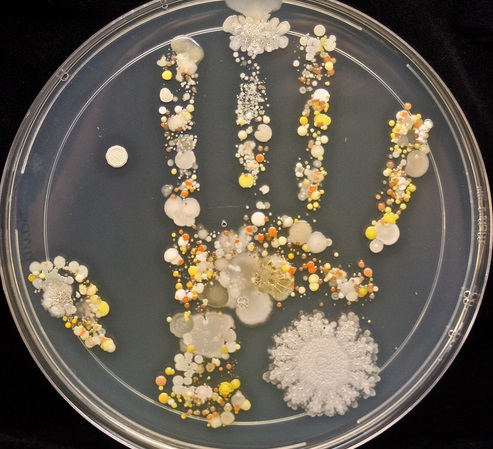 The term skin microbiota refers to the collection of microorganisms present on the human skin. Human skin microbiota comprises all three domains of life (bacteria, fungi and archaea) and the microorganisms are able to colonize many different sites, also called “niches” of the skin. The microbiota functions to protect human skin, for example by preventing the colonization of pathogenic microorganisms and triggering the immune system. However its dysregulation might lead to different skin diseases, such as psoriasis and acne. So what can we do to protect ourselves from the vile bacteria? We can use soap! One of the most effective measure to prevent hospital infections is hand washing. But how effective is this?
The term skin microbiota refers to the collection of microorganisms present on the human skin. Human skin microbiota comprises all three domains of life (bacteria, fungi and archaea) and the microorganisms are able to colonize many different sites, also called “niches” of the skin. The microbiota functions to protect human skin, for example by preventing the colonization of pathogenic microorganisms and triggering the immune system. However its dysregulation might lead to different skin diseases, such as psoriasis and acne. So what can we do to protect ourselves from the vile bacteria? We can use soap! One of the most effective measure to prevent hospital infections is hand washing. But how effective is this?
The goal of this project is to identify differences in hand microbiota composition due to hand washing using soap. We will start with the cultivation of bacteria on our hands, before and after washing with soap. We will follow up on these bugs and characterize them based on morphology, biochemical properties and antibiotic resistance. Furthermore, we will use further molecular biology techniques to finally identify hand microbiota, especially those gone mad.
Sharon Geerlings
Wageningen University and Research, The Netherlands
Sharon has a bachelor’s degree in forensic laboratory science and is currently a master student in cellular and molecular biotechnology at the Wageningen University and Research in the Netherlands. At the moment, she is working on her thesis at the Laboratory of Microbiology focusing on human gut microbiota. In her free time she likes to play the violin, read and watch series/movies.
